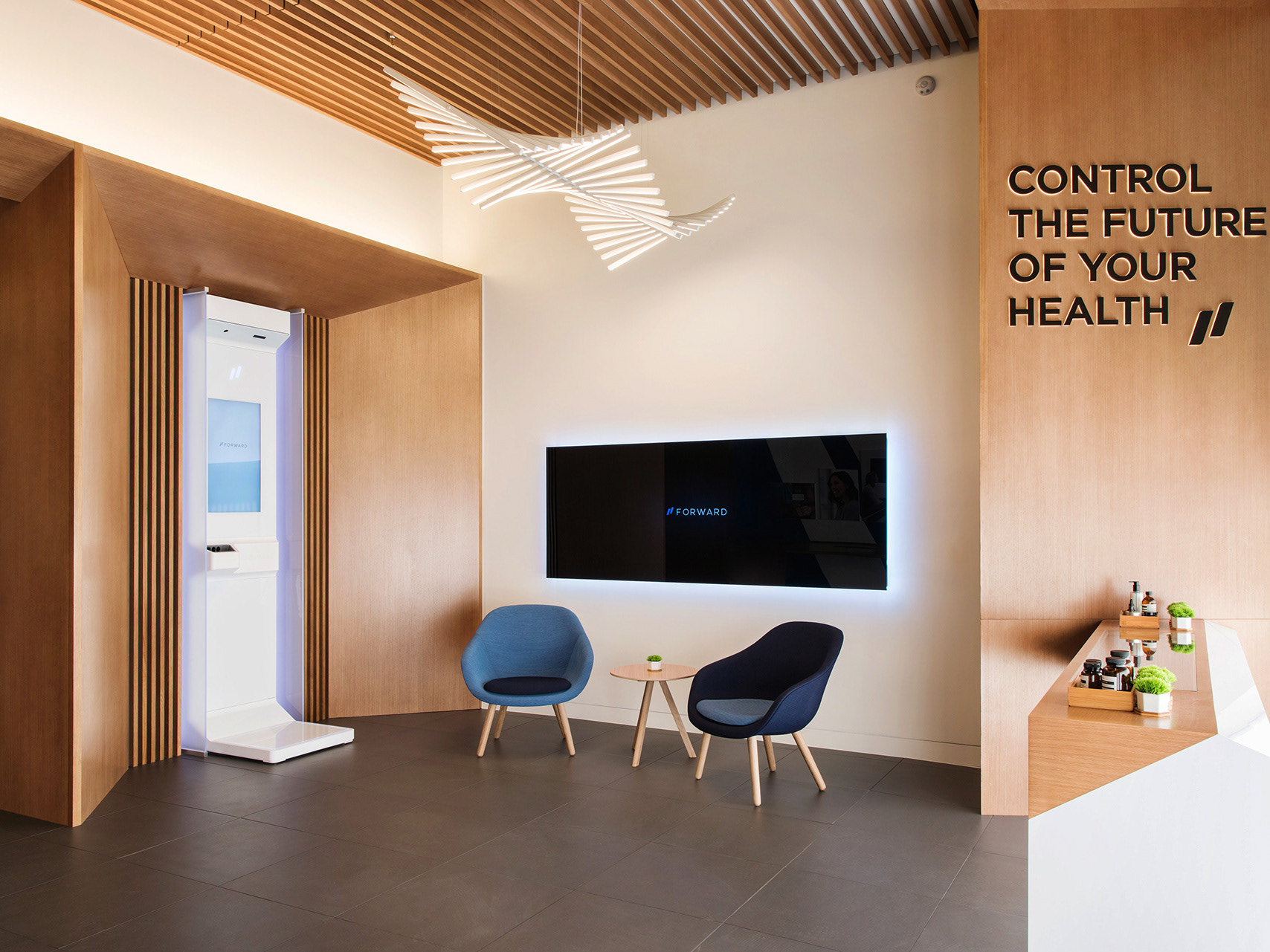VIRTUAL REALITY SKETCHING
Immersive technologies will play a big part in the development of the next evolution of the internet and they represent a significant shift in the way we interact with others. Just like the early days of the internet, these powerful new mediums represent a new frontier for creativity and innovation. It's an incredibly exciting time and I believe designers can play a crucial role in shaping this new digital landscape.
My interest in the field started back when I was working at frog design and had the chance to design the hardware for a couple of headsets for Oculus (pre- acquisition) and Meta AR. Over the years, I've become a huge fan of Gravity Sketch and Shapes XR and use them frequently in my own workflow.
Fast forward a few years and now my hobby has become a large part of my day-to-day work at Accenture. As most of my company client work is confidential, the following are my own personal experiments and projects.
IMMERSIVE MODELING & SIMULATIONS
Integrating immersive tools into my design workflow brings the magic of XR into my work. By using these tools early on in the process, I can transform abstract ideas into tangible solutions, making it easier for team members to understand and align on the design direction. This also helps in communicating the concept effectively to stakeholders, getting buy-in and feedback early in the design process.
By identifying potential challenges early on, adjustments to the design can be made before too much time and resources have been invested. The output from these tools can also be used in non-immersive programs.
Overall, integrating immersive tools enhances my design workflow by providing an intuitive and effective means of communication with team members and stakeholders.
Overall, integrating immersive tools enhances my design workflow by providing an intuitive and effective means of communication with team members and stakeholders.
WORLD BUILDING
I've played around with a few different platforms like AltSpace (RIP), Mesh and Spatial.io, they all have their capabilities and limitations but I really enjoy world building experiences in Meta Horizon Worlds.
The "cartoony" aesthetic may be polarizing for some but you cannot beat the easy of use, quick learning curve and fast programing capabilities. Especially for someone who is definitely not a developer, like myself.
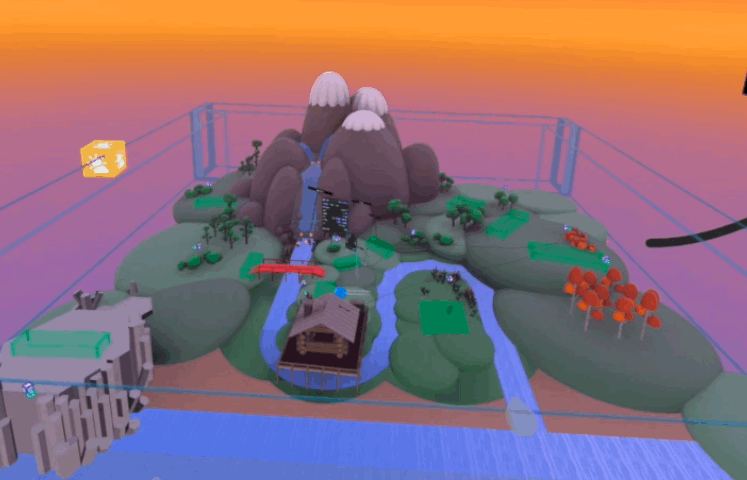
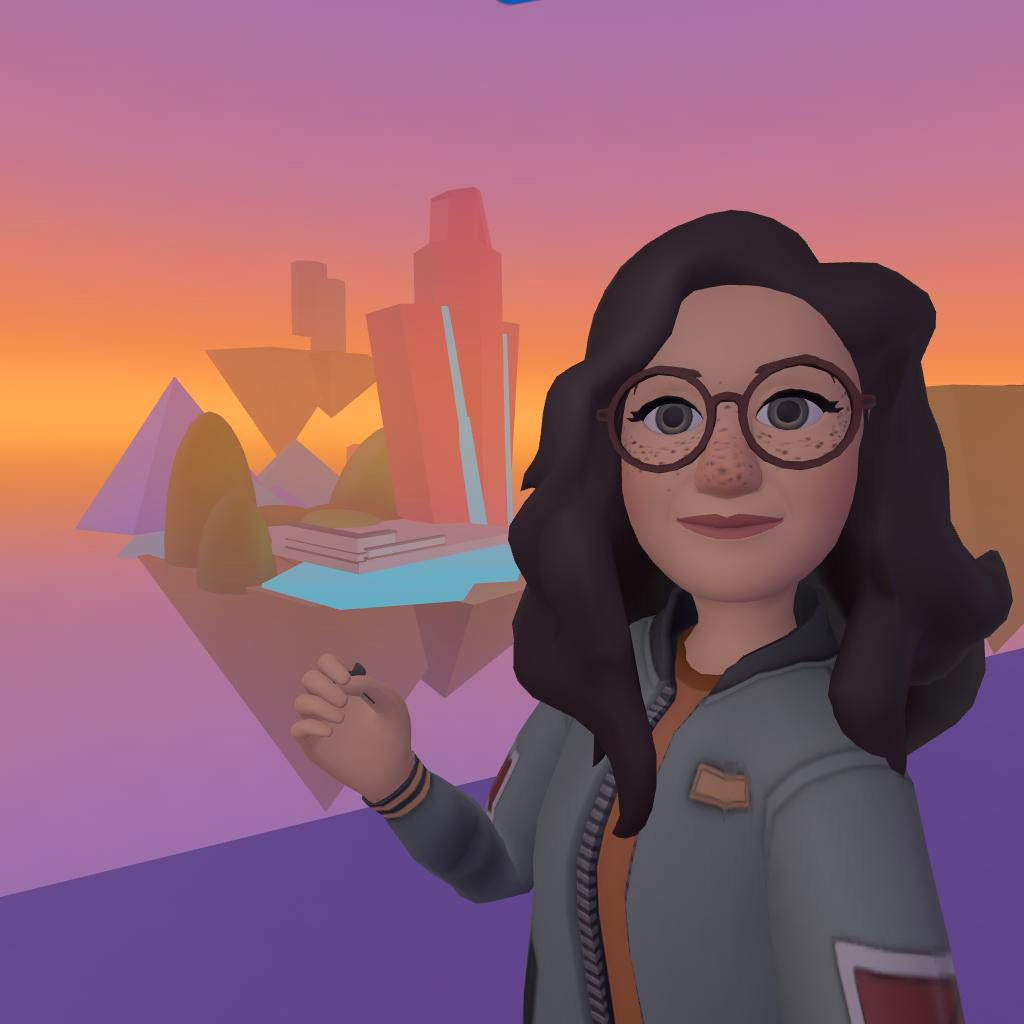
GOING FROM BITS TO ATOMS
The power of going from bits to atoms in a fast and straightforward way is undeniable. For this particular project I wanted to surprise my wife with a custom-made Christmas present.
The subject matter was our beloved old Dachshund, Inna. I modeled the ring directly in VR using Gravity Sketch and then 3D printed the ring in silver via Shapeways. The process felt incredibly manual and "hand-made" despite the use of cutting-edge tech.
This is just an example to illustrate the potential of fast VR to physical prototyping. I've now incorporated this skillset to my own workflow with really positive results.
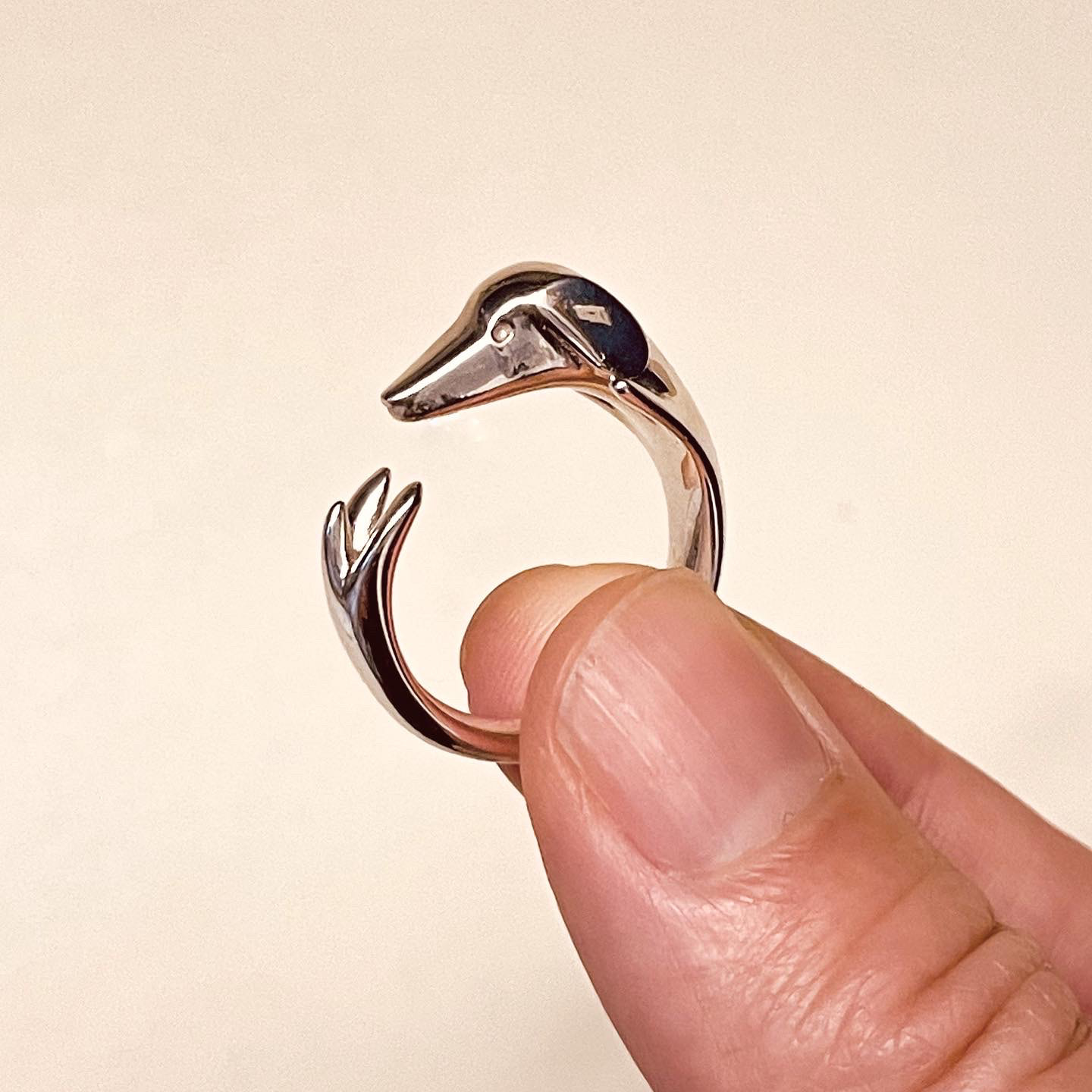
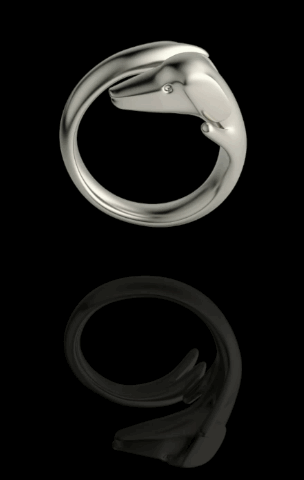
IMMERSIVE STORYTELLING
As a hybrid designer I've had to sketch tons of storyboards and quick visuals throughout my career. Up until recently these were all 2D visuals, maybe an animated gif here and there.
Virtual Reality tools like Quill have opened a door full of potential for me. I can now draw immersive scenes and compositions and animate them directly in VR. The 3D output that can be achieved allows you not only to immerse yourself in a story but also import those same assets into other software to create different 2D or 3D content, opening up a world of possibilities.
AUGMENTED REALITY
I believe designers who aspire to lead the way in creating immersive experiences need to embark on a journey of constant up skilling to keep pace with this rapidly evolving medium.
Learning new software, reading relevant literature and exploring case studies are all valuable resources to help improve our skills, but for me the most effective way to become proficient in any new tool is through active experimentation and play. I'm still an AR newbie but I've been really enjoying trying out different software and experimenting with different inputs and outputs.
